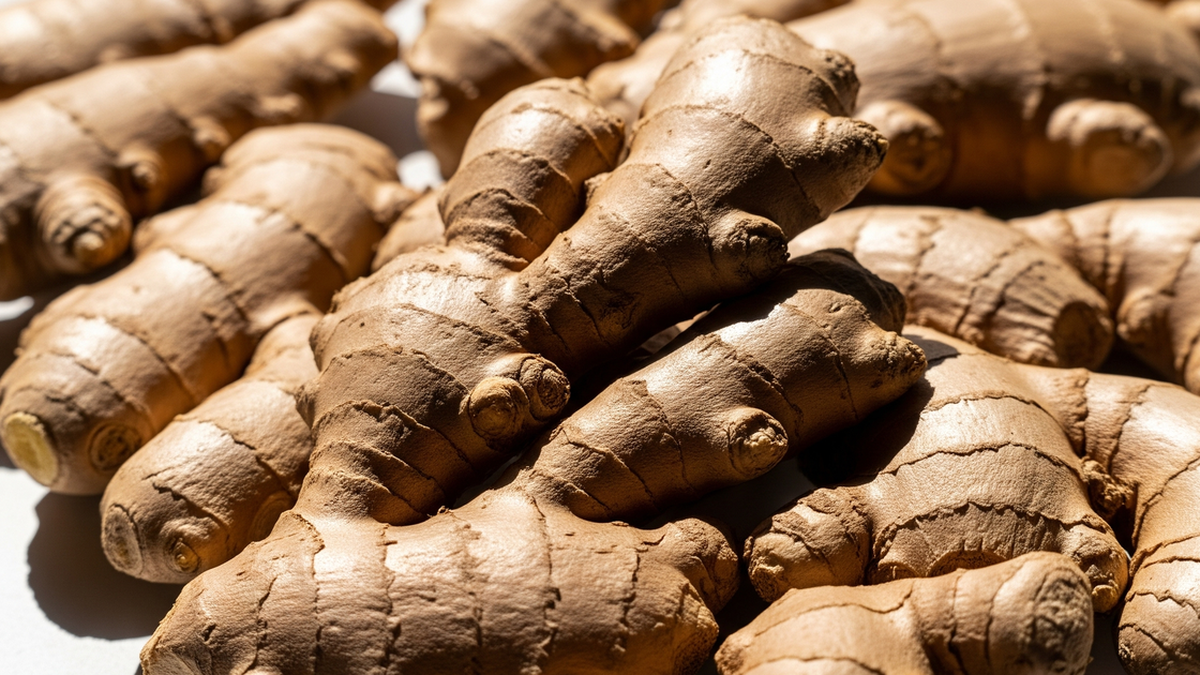According to a VNA correspondent in Tel Aviv, a new study on the butchering practices of Neanderthals who lived in two nearby caves in northern Israel 50,000 to 60,000 years ago shows that they had distinctly different food preparation methods - suggesting the possibility of the survival of primitive cultural traditions passed down through generations.
Despite being only 70km apart and using similar tools and hunting similar prey, the Neanderthals at Amud and Kebara caves appear to have processed food in different ways.
This is the conclusion of a study led by researcher Anaëlle Jallon from the Institute of Archaeology at the Hebrew University (Israel).
The work, published in the journal Frontiers in Environmental Archaeology, is the result of a collaboration with researchers Lucille Crete and Silvia Bello from the Natural History Museum London (UK), under the guidance of professors Rivka Rabinovich and Erella Hovers of the Hebrew University.
Through careful analysis of cut marks on hunted animal bones, the team discovered patterns that cannot be explained simply by differences in skills, resources, or tools at each site.
The subtle differences in butchering marks between Amud and Kebara caves may reflect local traditions in how animal carcasses were disposed of, the researchers said.
Despite living in similar conditions and facing similar challenges, Neanderthals at these two sites appear to have developed different butchering strategies – possibly taught through social learning and cultural tradition.
Researcher Jallon emphasized the importance of this study: “These two caves provide us with a unique opportunity to understand whether Neanderthal butchering techniques were standardized. If they differed by location or period, it could suggest that factors such as cultural traditions, culinary preferences, or social organization influenced even subsistence activities such as butchering.”
Both Amud and Kebara caves were occupied by Neanderthals during the winter, leaving behind food, burials, stone tools and fires. They ate gazelle and fallow deer, and used identical flint tools.
However, the archaeological record shows notable differences. At Kebara, Neanderthals tended to hunt larger prey and often brought whole carcasses back to the cave for processing, rather than dissecting them on the spot.
Meanwhile, at Amud, about 40% of the animal bones were burned and fragmented, possibly due to cooking or post-burial impact. At Kebara, only 9% of the bones were burned, with less fragmentation and signs of cooking. In addition, the bones at Amud were less damaged by scavengers than at Kebara.
To clarify this difference, the research team carefully analyzed bones with butchering marks from contemporaneous sediment layers in both caves, using both visual and microscopic observation methods.
They noted the characteristics of the cuts, assuming that if the cut patterns were similar, it indicated a standardized butchering method; if they were different, it might be a trace of distinct cultural traditions.
The analysis results show that although the cut marks have similar shapes, angles, and surface widths (due to the use of the same tool), the cut marks at Amud are denser and less linear than at Kebara.
Several hypotheses have been considered. The difference does not come from prey species or bone type, because even when comparing only the long bones of small ungulates, the patterns are different.
Experimental archaeological experiments also rule out the possibility of poor butcher skills or careful butchering to maximize nutritional value.
The evidence clearly suggests that this was a deliberate choice. One intriguing hypothesis is that the Neanderthals at Amud may have pre-processed the meat before butchering it, such as drying it or allowing it to decompose slightly—similar to the way modern butchers “hang” meat to enhance its flavour.
Decomposing flesh is often more difficult to cut, which may explain why Amud's cuts are dense and uneven.
Additionally, social structure—such as the number of people involved in butchering—may also influence how carcasses are disposed of, although this factor requires further study./.
Source: https://www.vietnamplus.vn/dau-vet-xe-thit-he-lo-truyen-thong-van-hoa-nguoi-co-dai-o-israel-post1050140.vnp




































































































Comment (0)